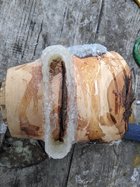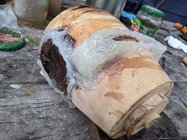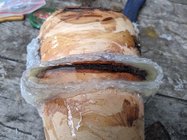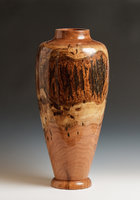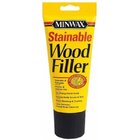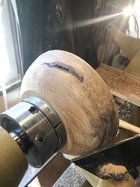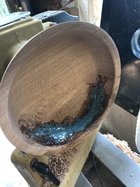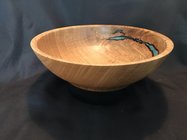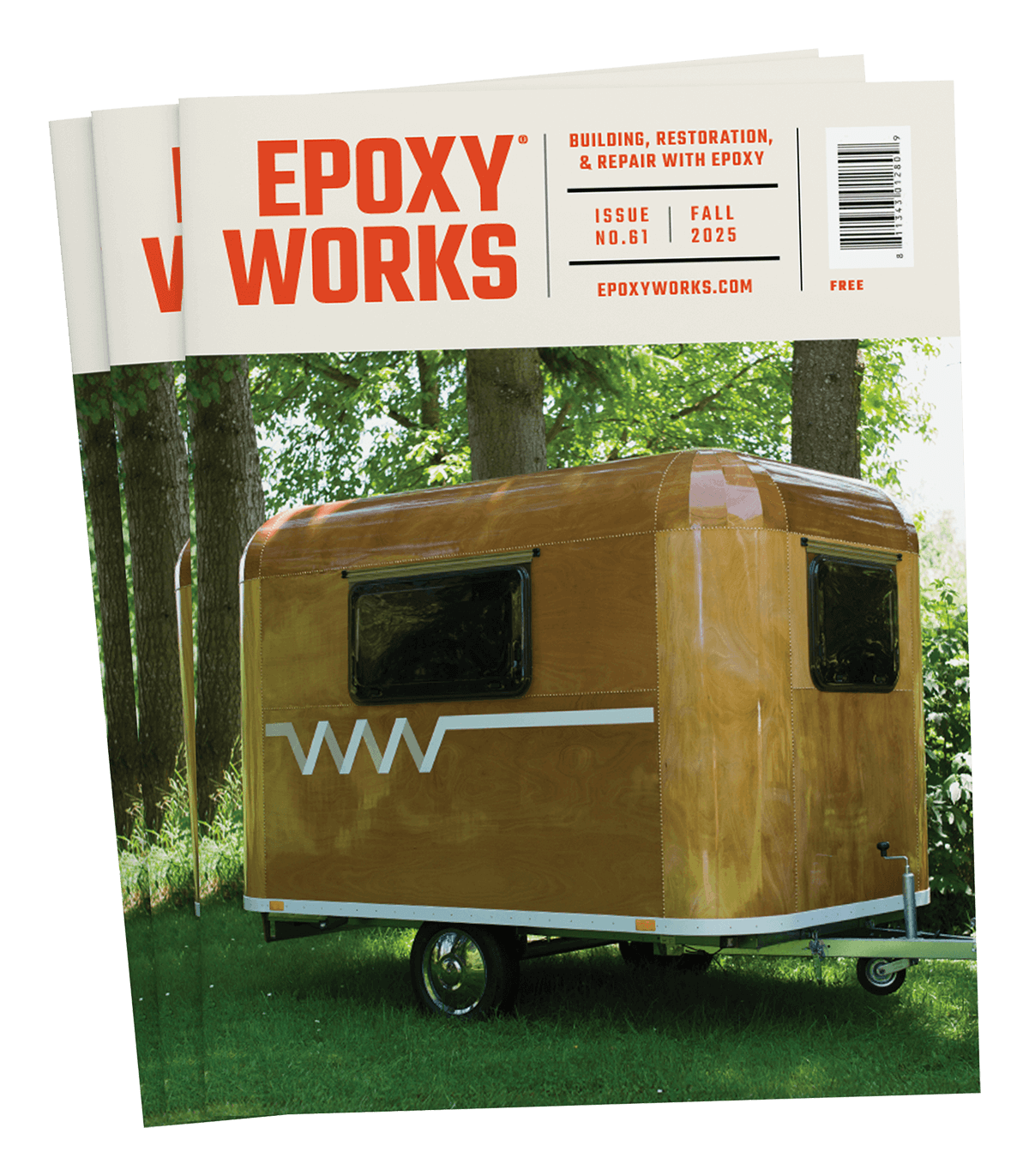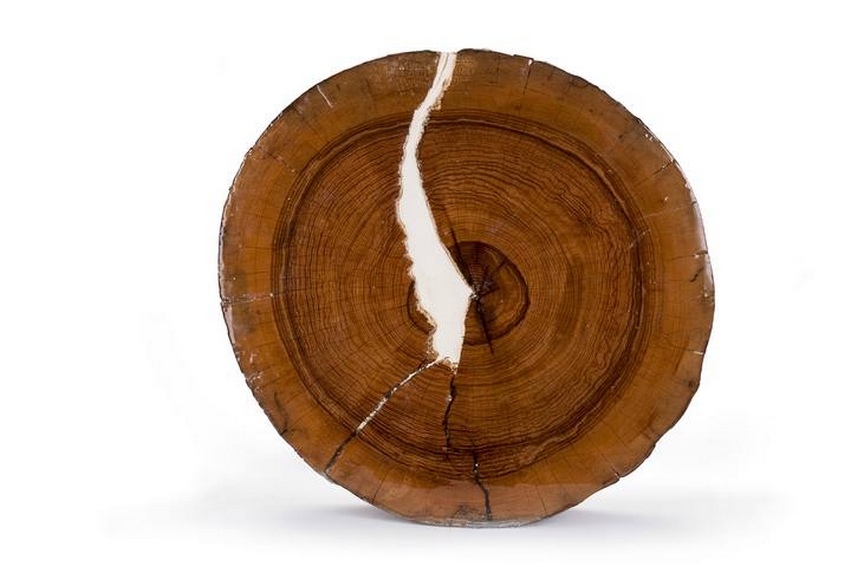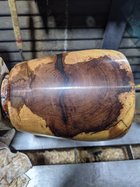Hi, I have rough turned vase like thing. Really a flower pot. It has big void like a smiley face going almost half the circumference and about 3/16 wide. I know most people are thinking burn it. But I'm in too deep! I kind of like the challenge. Anyway I built up and insane damn around the fissure with hot glue. It's taken a while to do, has lots of holes, I'm finding and patching, and it's leaking on the inside too. More people saying burn it. I was wondering if anyone had a better damning material than hot glue? I figure once I've done this I"ll know a whollle lot about this sort of thing, so it's kind of fun.
I'll post a pic here in a few.
Anyway, Thanks,
R
I'll post a pic here in a few.
Anyway, Thanks,
R

